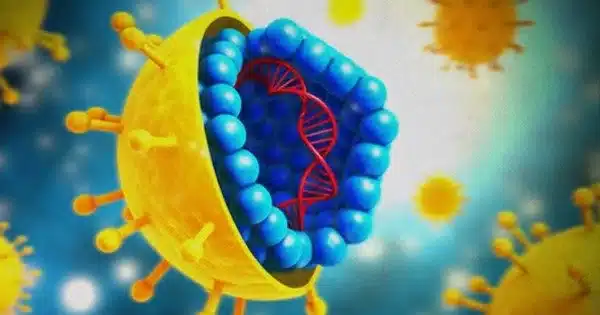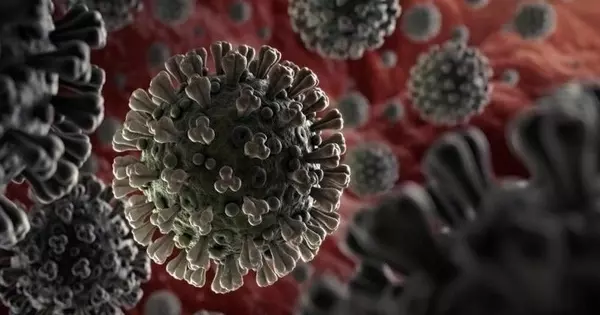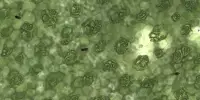How are environmental changes, biodiversity loss, and pathogen spread linked? The answer is a conundrum. Researchers from Charité – Universitätsmedizin Berlin have now presented one piece of that puzzle in the journal eLife, demonstrating that the destruction of tropical rainforests impacts the diversity of mosquito species. Simultaneously, more hardy mosquito species grow more common, which means the viruses they carry become more abundant. When there are many individuals of a given species, viruses can spread swiftly.
Researchers at Charité collaborated with researchers from the Leibniz Institute for Zoo and Wildlife Research (IZW) to investigate how destroying rainforests to make space for coffee or cacao crops or human settlements impacts the prevalence and biodiversity of mosquitoes and the viruses they transmit. Prof. Sandra Junglen, leader of the Ecology and Evolution of Arboviruses research group at Charité’s Institute of Virology, led the project, which combines virology with biodiversity research.
The researchers began its investigation by catching mosquitos near Ta National Park in the West African country of Côte d’Ivoire. There are several land uses there, ranging from pristine rainforest to secondary forest, cacao and coffee plantations, and settlements. “We identified the species of mosquitos we caught and tested them for viral infections,” explains Kyra Hermanns of Charité’s Institute of Virology, the study’s first author. “Then we looked at how the composition of mosquito species differs across the different land use types, where certain viruses are present, and how prevalent they are.”
We identified the species of mosquitos we caught and tested them for viral infections. Then we looked at how the composition of mosquito species differs across the different land use types, where certain viruses are present, and how prevalent they are.
Kyra Hermanns
Resilient mosquito species prevail over others
There are many different viruses in a healthy ecosystem such as a pristine rainforest. The main reason is that there is a broad range of animal species living there that can carry the virus, acting as hosts. This is because viruses are always tied to their hosts.
If the ecology changes, the viruses change as well, according to Junglen: “We discovered 49 virus species, with the greatest diversity of hosts and viruses observed in untouched or minimally disturbed habitats.” The majority of the 49 distinct virus species were uncommon in the areas surveyed. However, nine of them were widely found in multiple habitats, with the incidence of five virus species increasing in disturbed environments and peaking in human settlements.
“This means that the clearing of tropical rainforests causes a decrease in biodiversity across mosquito species, which changes the composition of host types. Some resilient mosquito species have multiplied very successfully in the cleared areas, bringing their viruses with them,” Junglen explains.

The composition of a specific community of species thus has a direct effect on virus prevalence: “If one host species is abundant, viruses spread more easily,” the virologist observes. “All of the viruses we discovered to be more common were found to be present in a specific mosquito species. The viruses belong to different families and have diverse features. That is, for the first time, we were able to demonstrate that the spread of the viruses is due to the characteristics of their hosts, specifically mosquito species that adapt well to changing environmental conditions in disturbed habitats.”
New insight into the dynamics of infectious disease
The viruses the researchers found only infect mosquitoes and, as things currently stand, cannot be transmitted to humans. Still, they are a valuable model for understanding how changes in the diversity of a community of species affect the presence and prevalence of viruses. “Our study makes clear just how important biodiversity is, and that decreasing biodiversity makes it easier for certain viruses to thrive because it causes their hosts to become more abundant,” Junglen notes.
“Previously, these processes were almost entirely studied using individual pathogens and individual hosts. We now have a more complete picture to work with for future research,” she says. The researchers intend to explore more habitats in other nations as their next step, with one goal being to define the specific parameters that affect the diversity of mosquito species under land-use change, as well as the traits that viruses require in order to spread with their hosts.














